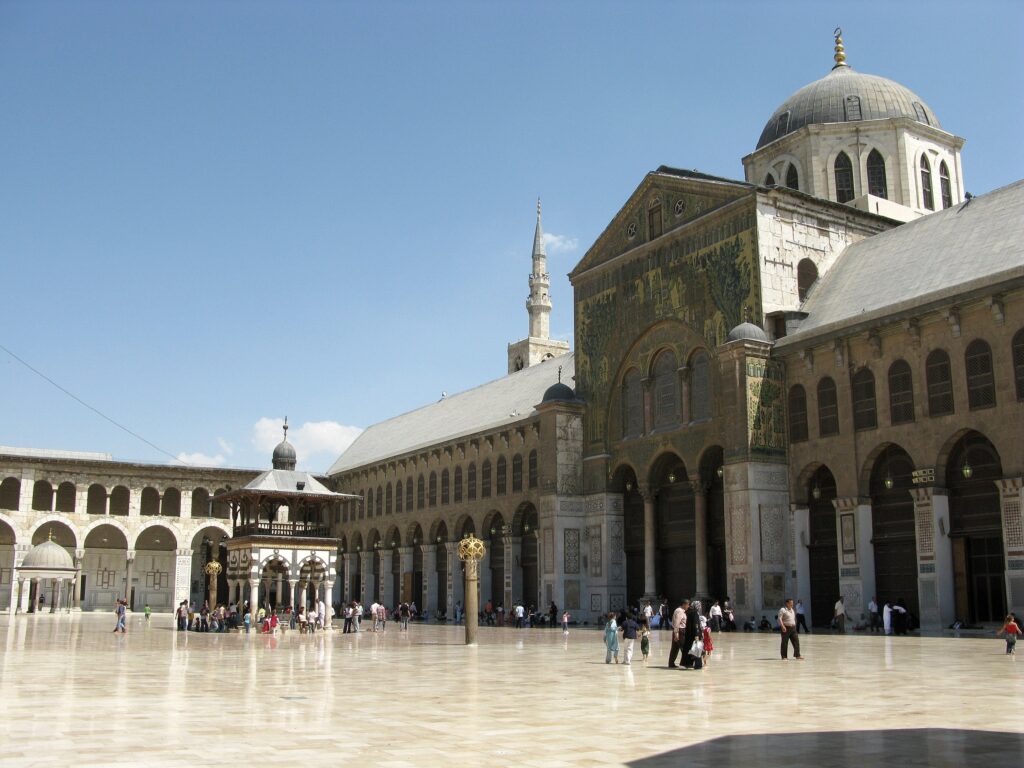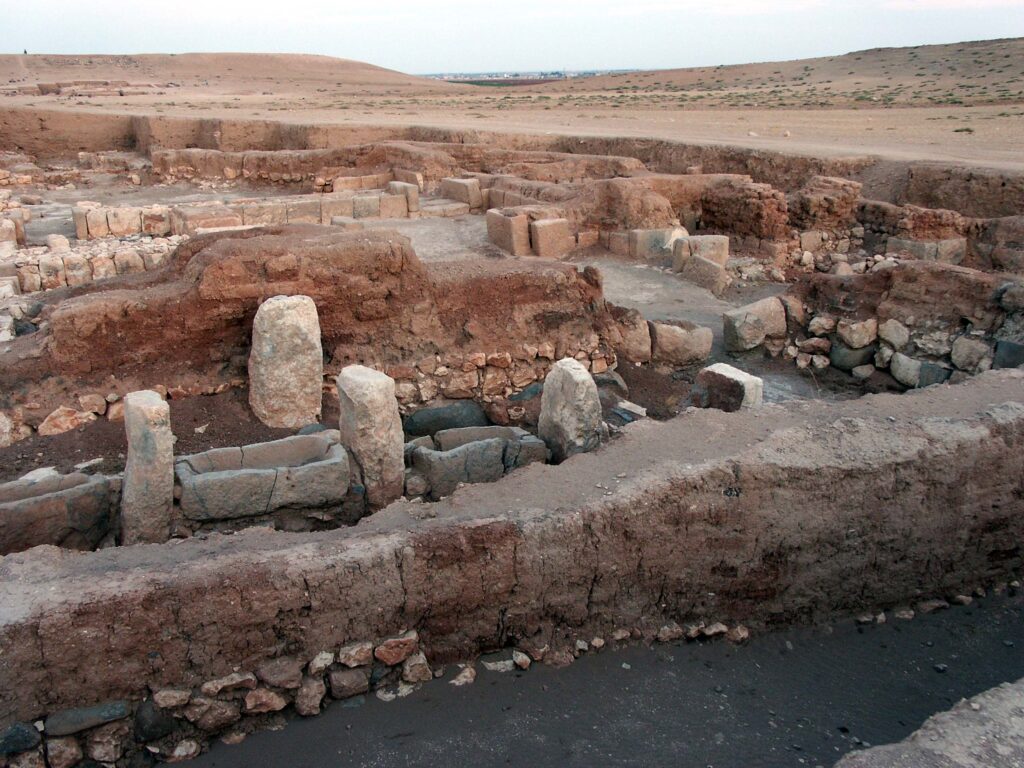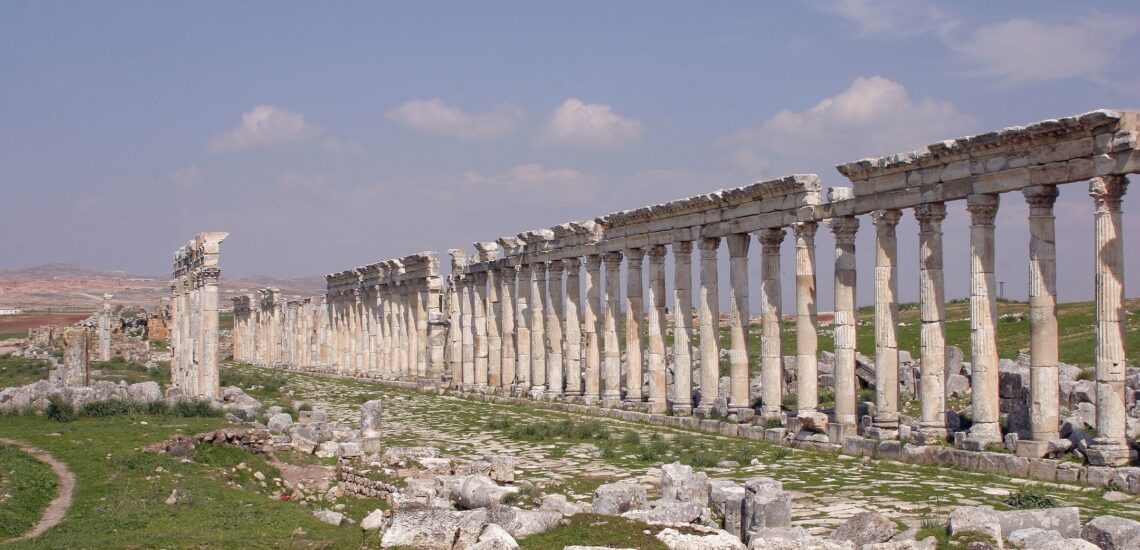Quick facts about Syria:
- Population: Approximately 18 million people.
- Capital: Damascus.
- Largest City: Aleppo (historically, but due to ongoing conflict, this has varied; currently, it’s contested).
- Official Language: Arabic.
- Other Languages: Kurdish, Armenian, and Aramaic are also spoken by minority communities.
- Currency: Syrian Pound (SYP).
- Government: Unitary semi-presidential republic under authoritarian rule.
- Major Religion: Islam, predominantly Sunni; with significant Alawite and other minority sects.
- Geography: Located in the Middle East, bordered by Turkey to the north, Iraq to the east, Jordan to the south, Israel to the southwest, and Lebanon and the Mediterranean Sea to the west.
Fact 1: Syria is one of the most dangerous countries for tourists at the moment
The ongoing civil war, which began in 2011, has resulted in widespread violence, destruction of infrastructure, and displacement of millions of people within Syria and across its borders.
Due to the conflict, various regions in Syria remain volatile and unsafe for travel. Armed conflict, terrorism, and the presence of extremist groups pose serious risks to the safety and security of both locals and visitors. The conflict has also led to severe humanitarian crises, including shortages of essential services such as medical care, food, and clean water.
Given these circumstances, governments and international organizations typically issue strong travel advisories urging their citizens to avoid all travel to Syria due to the high risks involved.
However, regions of Syria under government control are visited even now, before traveling it is advisable to find out the need for an International Driver’s License in Syria for you as well as safety recommendations from your government.

Fact 2: Syria has been ruled by vast empires in the past
In ancient times, Syria was part of the Akkadian Empire and later the Amorite Kingdoms. It became a significant province under the Hittites and the Egyptians, showcasing its strategic importance in the ancient world. The region flourished under the Assyrian and Babylonian Empires, known for their advances in art, science, and literature.
Following the conquests of Alexander the Great, Syria fell under Hellenistic influence and became a vital part of the Seleucid Empire, contributing to the spread of Greek culture and ideas throughout the region. The city of Antioch, in particular, became a major center of Hellenistic civilization.
Roman rule began in the 1st century BCE and lasted for several centuries, transforming Syria into a prosperous province known for its cities, such as Palmyra and Damascus. These cities were renowned for their architectural marvels and vibrant cultural life. The Roman era was followed by the Byzantine Empire, which continued to influence the region’s religious and cultural landscape.
In the 7th century CE, the rise of Islam brought Syria under the control of the Umayyad Caliphate, with Damascus serving as the capital. This era marked significant developments in Islamic architecture, scholarship, and governance. Later, Syria was ruled by the Abbasid Caliphate, the Fatimids, and the Seljuks, each contributing to the region’s rich tapestry of history.
The Crusades in the 11th and 12th centuries saw parts of Syria controlled by Crusader states, followed by Ayyubid and Mamluk rule, which reinforced Islamic cultural and architectural heritage.
The Ottoman Empire incorporated Syria in the early 16th century, maintaining control until the end of World War I. Ottoman rule brought administrative reforms and integrated Syria into a larger imperial economy and cultural sphere.
Fact 3: There are many ancient cities and archaeological sites preserved in Syria
Syria is home to a wealth of ancient cities and archaeological sites that bear testament to its rich and diverse history. These sites reflect the various civilizations and empires that have ruled the region over millennia, making Syria an invaluable repository of human heritage.
- Damascus: One of the oldest continuously inhabited cities in the world, Damascus has a history that spans over 4,000 years. Its old city, a UNESCO World Heritage site, is renowned for its historical landmarks such as the Umayyad Mosque, the Citadel of Damascus, and the ancient city walls. The city’s intricate bazaars and traditional houses reflect its storied past.
- Palmyra: An iconic archaeological site in the Syrian desert, Palmyra was a major cultural center in the ancient world. Known for its grand colonnades, temples (such as the Temple of Bel), and the monumental arch, Palmyra was a caravan city that connected the Roman Empire with Persia, India, and China. Despite suffering damage during recent conflicts, Palmyra remains a symbol of Syria’s historical grandeur.
- Aleppo: Another ancient city with a rich history, Aleppo has been inhabited since at least the 2nd millennium BCE. Its old city, also a UNESCO World Heritage site, includes the Citadel of Aleppo, the Great Mosque, and traditional souks. Although the city has faced significant destruction during the Syrian civil war, efforts to preserve and restore its historical sites continue.
- Bosra: Famous for its well-preserved Roman theater, Bosra was a significant city in the Roman Empire and later an important early Christian center. The ancient city also contains Nabatean and Byzantine ruins, including churches and mosques that reflect its diverse historical influences.
- Mari and Ebla: These ancient cities, dating back to the third millennium BCE, were major centers of early civilization in the Near East. Excavations at Mari have uncovered a wealth of artifacts and the remains of a grand palace, while Ebla is known for its extensive archives of cuneiform tablets, offering insights into early administrative and economic systems.
- Ugarit: Located on the Mediterranean coast, Ugarit is credited with being the birthplace of one of the earliest known alphabets. The ancient city was a significant trade hub and has provided crucial insights into the culture and language of the ancient Near East through its archaeological finds, including palaces, temples, and a royal library.

Fact 4: Syria has deep ties to Christianity
Syria has deep historical ties to Christianity, playing a crucial role in the early spread of the faith. Antioch, where followers of Jesus were first called Christians, was a major center of early Christian thought and missionary work. Paul’s conversion on the road to Damascus further linked Syria to Christian history, making Damascus an important center for early Christian communities.
Syria was also a significant center for early monasticism, with figures like Saint Simeon Stylites exemplifying the ascetic practices of the time. Ancient churches and monasteries, such as those in Maaloula and near Nabk, highlight Syria’s early Christian heritage.
Additionally, Syria has been a destination for Christian pilgrims, with sites like the House of Ananias in Damascus and the Tomb of Saint John the Baptist in the Umayyad Mosque.
Fact 5: The earliest surviving stone mosque is in Damascus
The earliest surviving stone mosque is indeed located in Damascus. The Umayyad Mosque, also known as the Great Mosque of Damascus, is one of the oldest and most significant mosques in the world. Constructed between 705 and 715 CE during the reign of the Umayyad Caliph Al-Walid I, it stands as a remarkable example of early Islamic architecture.
The mosque was built on the site of a Christian basilica dedicated to John the Baptist, which itself was constructed over a Roman temple dedicated to Jupiter. This layering of religious structures highlights the site’s long history as a place of worship. Remarkably, the mosque still contains a shrine believed to house the head of John the Baptist, which is revered by both Muslims and Christians.

Fact 6: Syria still uses the ancient Aramaic language
In Syria, the ancient Aramaic language is still spoken in certain communities, particularly in the village of Maaloula and a few other nearby villages in the Qalamoun Mountains. Aramaic was once the lingua franca of much of the Near East and has a significant historical and religious legacy, being the language spoken by Jesus Christ and widely used in ancient trade, diplomacy, and literature.
Maaloula is especially notable for its preservation of Western Aramaic, a dialect of the language. The residents of Maaloula, many of whom are Christians, maintain their linguistic heritage through daily conversation, religious services, and cultural practices. This continuity of language use across millennia highlights the village’s unique role in preserving an ancient tradition within the modern world.
Fact 7: The world’s oldest library is in Syria
The world’s oldest known library is located in Syria, specifically at the ancient city of Ebla. Ebla, a significant city-state in ancient Syria, was a major center of trade and culture in the third millennium BCE. Excavations at Ebla, conducted since the 1970s, uncovered a royal archive dating back to around 2500 BCE.
This archive consists of thousands of clay tablets inscribed with cuneiform script, covering a range of topics such as administrative records, legal documents, and diplomatic correspondence. These tablets provide invaluable insights into the political, economic, and social life of the time.

Fact 8: The remains of people who lived hundreds of thousands of years ago have been found in Syria
One notable site is the Dederiyeh Cave, located in northern Syria near the Afrin River. Excavations at Dederiyeh have yielded fossilized remains of early hominins, including Neanderthals and possibly early anatomically modern humans. The findings at Dederiyeh date back to the Middle Paleolithic period, approximately 250,000 to 40,000 years ago, revealing evidence of tool use, fire-making, and other aspects of early human behavior.
Additionally, other sites in Syria have also yielded fossils and artifacts indicating human presence dating back hundreds of thousands of years. These discoveries contribute to our understanding of human evolution, migration patterns, and adaptation to different environments in the ancient Near East.
Fact 9: Damascus is the oldest continuously inhabited capital city
Damascus holds the distinction of being one of the oldest continuously inhabited cities in the world, with a history spanning over 5,000 years. As the capital of Syria, Damascus has been a vital center of trade, culture, and civilization since ancient times.
One of Damascus’s notable historical roles was its participation in the Silk Road network. The Silk Road was an ancient trade route that connected East Asia with the Mediterranean world, facilitating the exchange of goods, ideas, and cultures across vast distances. Damascus served as a key hub along the Silk Road’s northern route, linking the Mediterranean ports with the caravan routes that crossed through Central Asia and China.

Fact 10: Syria is now the country with the largest number of refugees
The ongoing civil war that began in 2011 has led to widespread displacement within Syria and forced millions of Syrians to seek refuge in neighboring countries and beyond. This crisis has created significant humanitarian challenges, with millions of Syrians living as refugees in neighboring countries such as Turkey, Lebanon, Jordan, and Iraq, as well as in various countries across Europe and beyond.
The United Nations High Commissioner for Refugees (UNHCR) and other humanitarian organizations have been actively involved in providing aid and support to Syrian refugees, addressing their basic needs such as shelter, food, healthcare, and education. The situation remains fluid and complex, with efforts ongoing to find lasting solutions to the refugee crisis and to support both the refugees and the host communities affected by this protracted conflict.

Published June 30, 2024 • 9m to read





